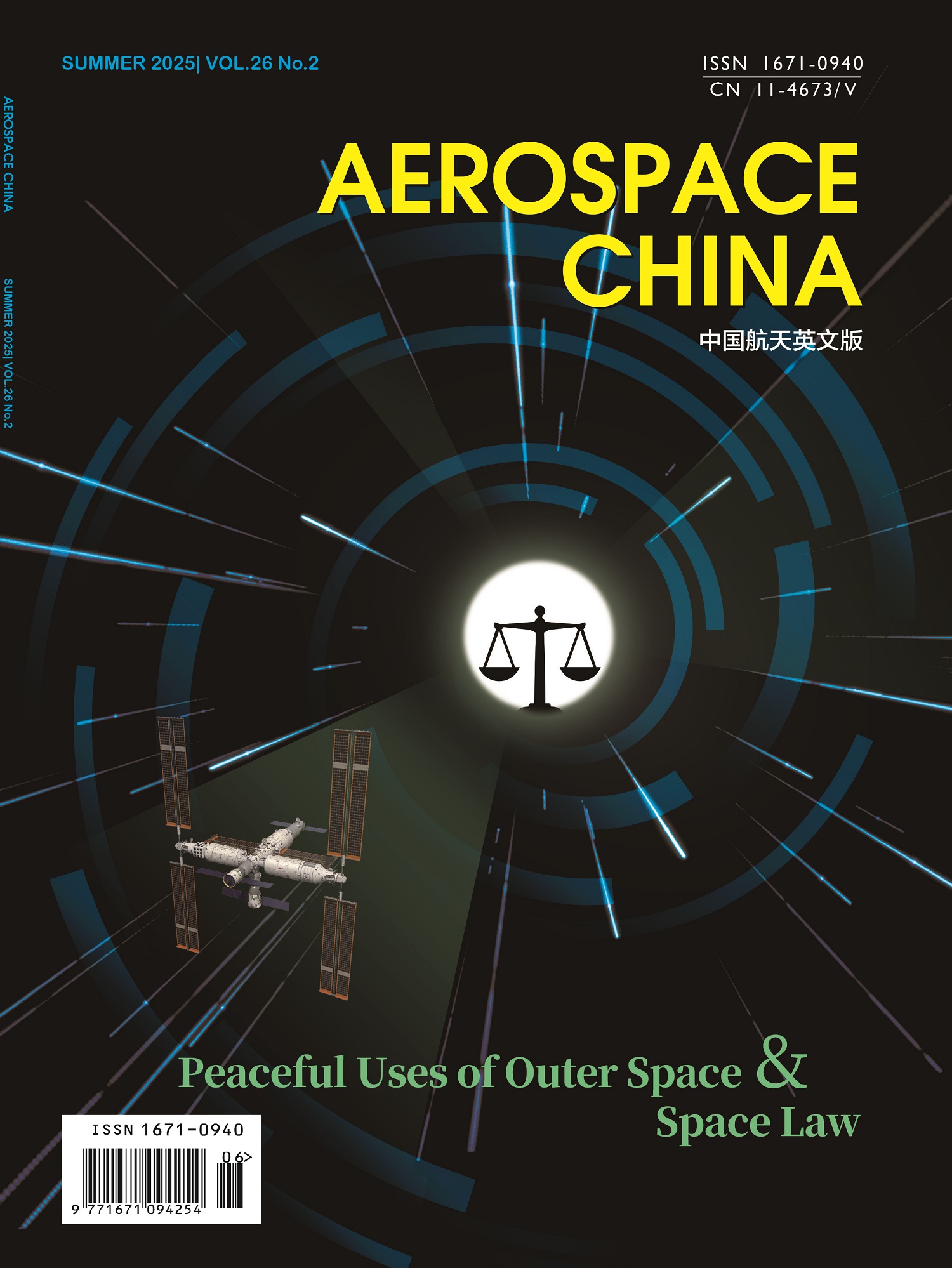The problem of excessive radiated emission for a certain type of laser scanner is discussed in this paper.
Firstly, the frequency characteristics of the laser scanner can be obtained by traditional test methods. According to the
frequency and electronic equipment characteristics, the interference source can be estimated and established. Then
based upon analysis, modified methods are proposed. By applying the above methods, the interference source can be
identified and the amount of radiated emission from the scanner can be reduced effectively. Finally, the scanner can op�
erate in a compatible manner with other electronic systems at the same time. The above methods can provide a ref�
erence for electronic equipment design ensuring electromagnetic compatibility and passing the radiated emission test.



